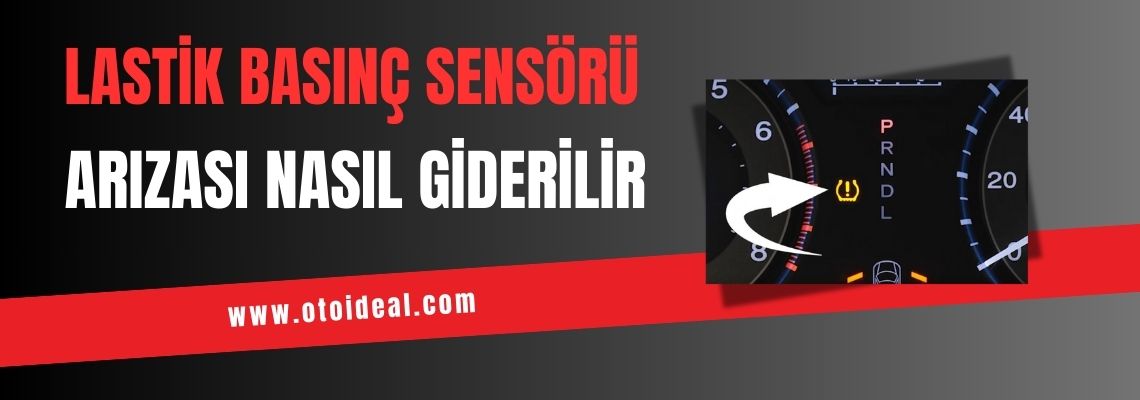
Tire pressure sensors have become an essential part of modern vehicle safety systems. These sensors continuously monitor whether your tires are at the correct pressure, playing a critical role in ensuring driving safety. However, tire pressure sensors can sometimes fail, which can be both a safety hazard and detrimental to vehicle performance. In this article, we will detail what tire pressure sensors are, why they fail, and what steps you should take if they malfunction.
What Are Tire Pressure Sensors?
Tire pressure sensors are electronic devices that monitor the air pressure in your vehicle's tires. When the tire pressure drops below the ideal level, these sensors alert the driver. This helps minimize risks such as tire wear, reduced fuel efficiency, and potential blowouts that can result from low tire pressure.
Why Do Tire Pressure Sensors Fail?
Tire pressure sensors can fail for various reasons
- Battery Depletion: Sensors typically operate on small batteries that last for a few years. When the battery dies, the sensor stops functioning.
- Physical Damage: Tire pressure sensors can be damaged by hard impacts. For example, hitting potholes or curbs can lead to sensor failure.
- Corrosion: Sensors can corrode over time when exposed to elements like moisture or salty water, causing them to lose functionality.
- Improper Installation: If sensors are not correctly installed or are damaged during tire changes, they can malfunction.
What to Do When the Tire Pressure Sensor Light Comes On?
If the tire pressure sensor light appears on your vehicle's dashboard, it indicates that the tire pressure has dropped below the ideal level or that the sensor is malfunctioning. First, manually check your tire pressures and add air if necessary. If all tire pressures are at the correct level, the sensor is likely malfunctioning.
How to Fix a Tire Pressure Sensor Failure?
- Replacing the Sensor Battery: If you suspect the sensor battery is dead, you may try replacing it. However, some sensors are sealed units, making battery replacement impossible, and the entire sensor will need to be replaced.
- Repairing Physical Damage: If the sensor has sustained physical damage, it may need to be replaced. In such cases, visiting an authorized service center is the safest option.
- Resetting the Sensor: In some cases, a simple reset can resolve the sensor malfunction. Follow the steps outlined in your vehicle's manual to reset the tire pressure sensor. You can also use the Autel TPMS TS508 WF Tire Pressure Sensor Programming Tool for this purpose.
What to Do if the Tire Pressure Warning Won't Turn Off?
If the tire pressure warning light doesn't turn off after correcting the tire pressures, it indicates that the sensor may be faulty. In such a situation, you can take your vehicle to a tire shop that can check the tire pressure sensors or visit an authorized service center to have the sensor inspected and replaced if necessary.
Deactivating the Tire Pressure Sensor
Deactivating the tire pressure sensor is not recommended for safety reasons. This system is designed to enhance driving safety, and disabling it could lead to dangerous situations like unnoticed low tire pressure. However, if you must deactivate it due to malfunction, it is best to consult a professional technician.
Which Original-Level Tire Pressure Sensor Should You Use?
When it comes to using an OEM (Original Equipment Manufacturer) level tire pressure sensor in your vehicle, Autel MX sensors are the most reliable and safe TPMS sensors available. These sensors can be used as your vehicle's original sensors with full confidence.
Note: When you purchase Autel MX sensors, they may need to be reprogrammed. For service locations, feel free to contact us.





-75x75.jpg)





-75x75w.png)



-75x75w.jpg)


-75x75w.jpg)






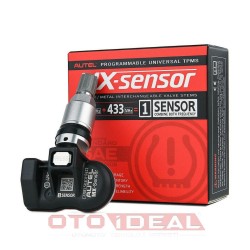
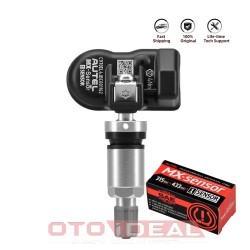
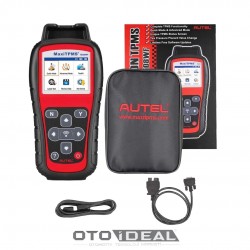
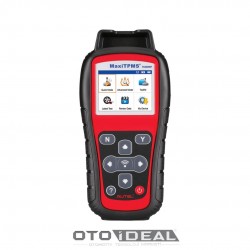
Leave a Comment